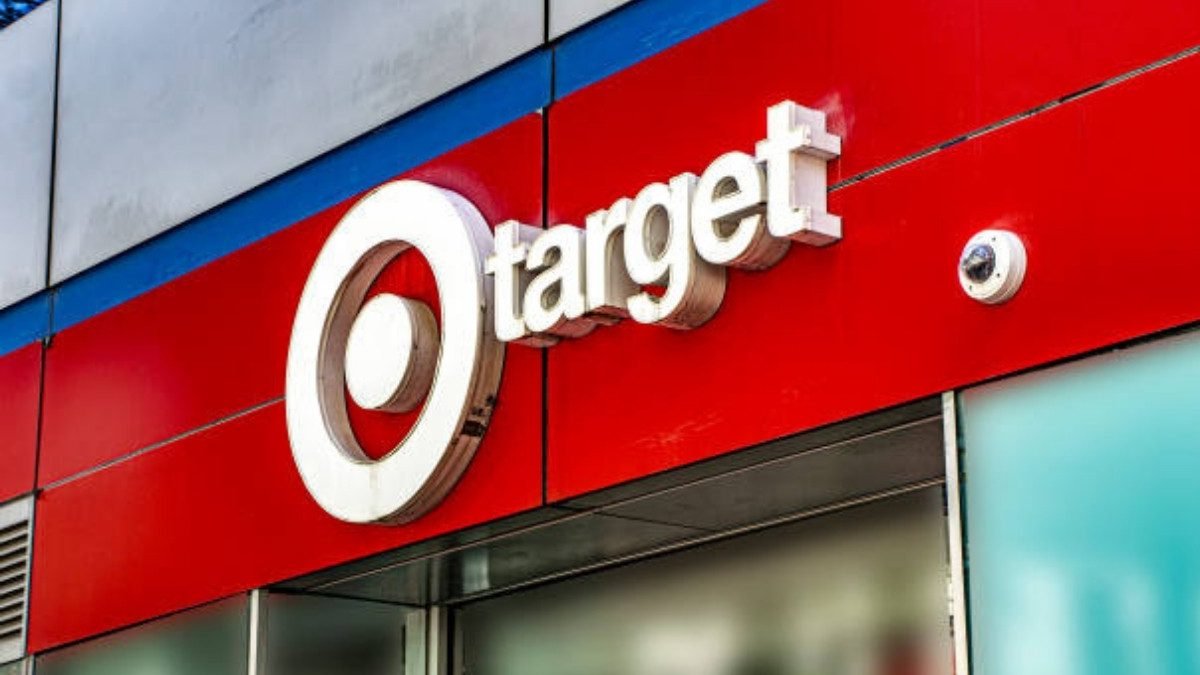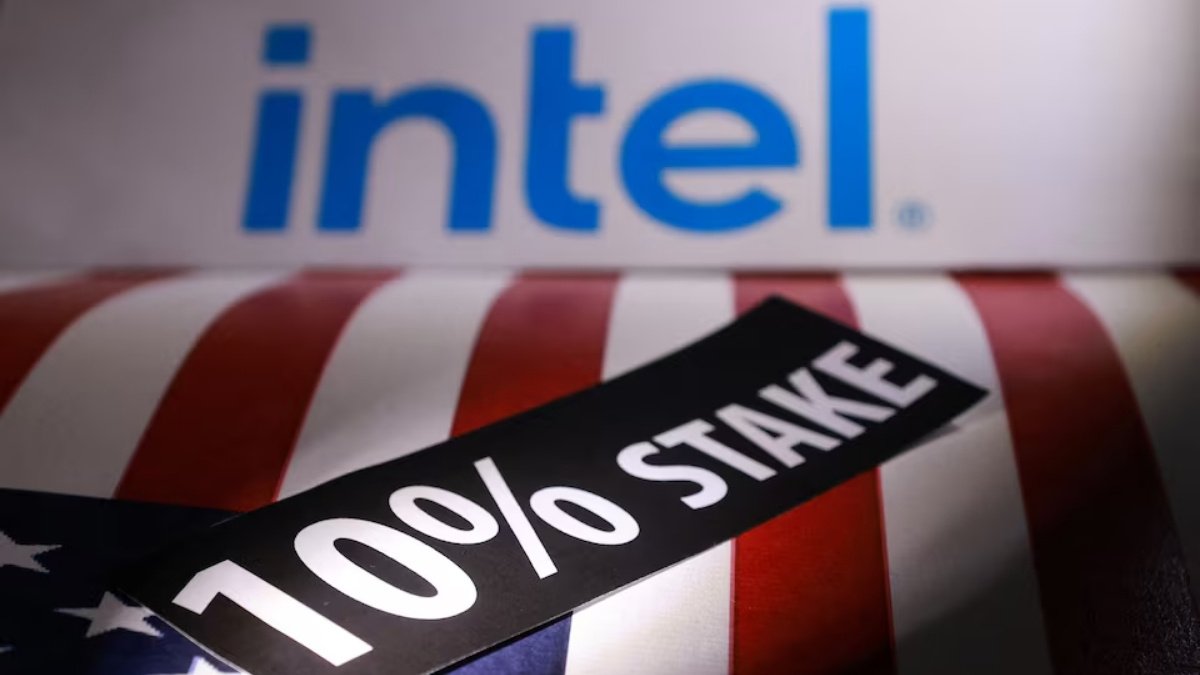Target (TGT) is facing one of its toughest retail chapters in recent years as shoppers continue to stay away. Higher prices linked to tariffs and inflation, along with public criticism over its handling of social issues, have caused sales to slip. The retailer is now planning major changes to stores, leadership, and strategy in an effort to win back its customers.
The company reported its second-quarter results last week, showing troubling numbers. Comparable store sales declined by 3.2 percent compared with last year. Recent data from Placer.ai showed that guest visits also fell by 3.1 percent. The drop in traffic and sales trimmed Target’s operating income to about 1.3 billion dollars, which was 19.4 percent lower than last year.
Earlier in 2025, Target scaled back its diversity, equity, and inclusion programs. That move triggered consumer boycotts and negative headlines. Customers who were already cautious about spending reacted strongly, leading to a greater loss of loyalty. Even though Target has rolled out discounts and promotions, these efforts have not fully restored shopper confidence.
Adding to pressure, analysts warned that Target customers may soon flee to Walmart due to an alarming change. Bank of America also stated that Target, due to its higher reliance on imports, will be forced to raise prices at almost double Walmart’s pace. Shoppers, already facing higher prices for daily needs, could switch to rivals if affordability gaps widen.
Target’s board also announced an important leadership shift. The long-serving CEO, Brian Cornell, will retire in February 2026. He will be replaced by Michael Fiddelke, the current chief operating officer. Cornell admitted on the earnings call that the company’s performance was disappointing. “We need to do better, and our entire team is focused on consistent execution, building momentum, and getting back to profitable long-term growth,” he said.
Fiddelke, who will soon lead the company, spoke candidly with investors. “Our performance has not been acceptable,” he said. He outlined three areas requiring change: stronger merchandise appeal, an improved guest experience, and better use of technology across the business.
He explained that customers respond most when Target offers products blending style, quality, and value. To sustain this, the company will expand those offerings across all departments instead of relying only on limited design partnerships. “To reestablish our leadership, we must go beyond one-time launches and strengthen this authority across the entire store,” said Fiddelke.
Another key focus will be stronger customer service. “We can never take for granted the love our guests show us when they call their store my Target,” Fiddelke said. He promised cleaner stores, well-stocked shelves, and an easy digital shopping experience. Better training for employees will also be part of the plan so that shoppers feel welcomed on each visit.
In addition, Target will invest more heavily in technology upgrades. These investments will include supply-chain changes, faster inventory systems, and stronger digital platforms. The goal is to make operations faster and service more convenient. Fiddelke admitted that while Target has unique qualities, the company must move with urgency. “We have real work ahead, and to be blunt, we must move faster,” he stressed.
Meanwhile, competitors continue to seize opportunity. Walmart has benefited from steady traffic and stronger grocery sales, while discount players like Five Below are winning over shoppers with low-cost discretionary goods. Even online rivals are feeling the competitive heat, with Temu struggling to win back customers due to an unexpected rival presence in the U.S. market.
Shoppers, however, remain sensitive to tariffs. Last week, Bank of America reiterated its claim, claiming that rising import duties could hit Target harder than Walmart. For families watching every dollar, this concern may limit Target’s ability to regain customer loyalty quickly.
[inline_related_posts title=”RECOMMENDED” title_align=”left” style=”list” number=”2″ align=”none” ids=”” by=”primary_cat” orderby=”rand” order=”DESC” hide_thumb=”no” thumb_right=”no” views=”no” date=”yes” grid_columns=”2″ post_type=”” tax=””]
The coming months will be critical, especially as the leadership handover approaches. Whether Target can restore traffic and regain trust depends on how quickly new strategies roll out. A renewed focus on essentials along with improved service may help reverse the downward trend, but analysts caution the transformation will take time.
With American households adjusting spending to face higher costs, Target needs to prove it can still deliver both savings and joy. The company is betting that affordable essentials, stylish offerings, and upgraded technology will win shoppers back. The results of this reset will decide if Target can recover its place as a top retail favorite. (Source: TheStreet)















